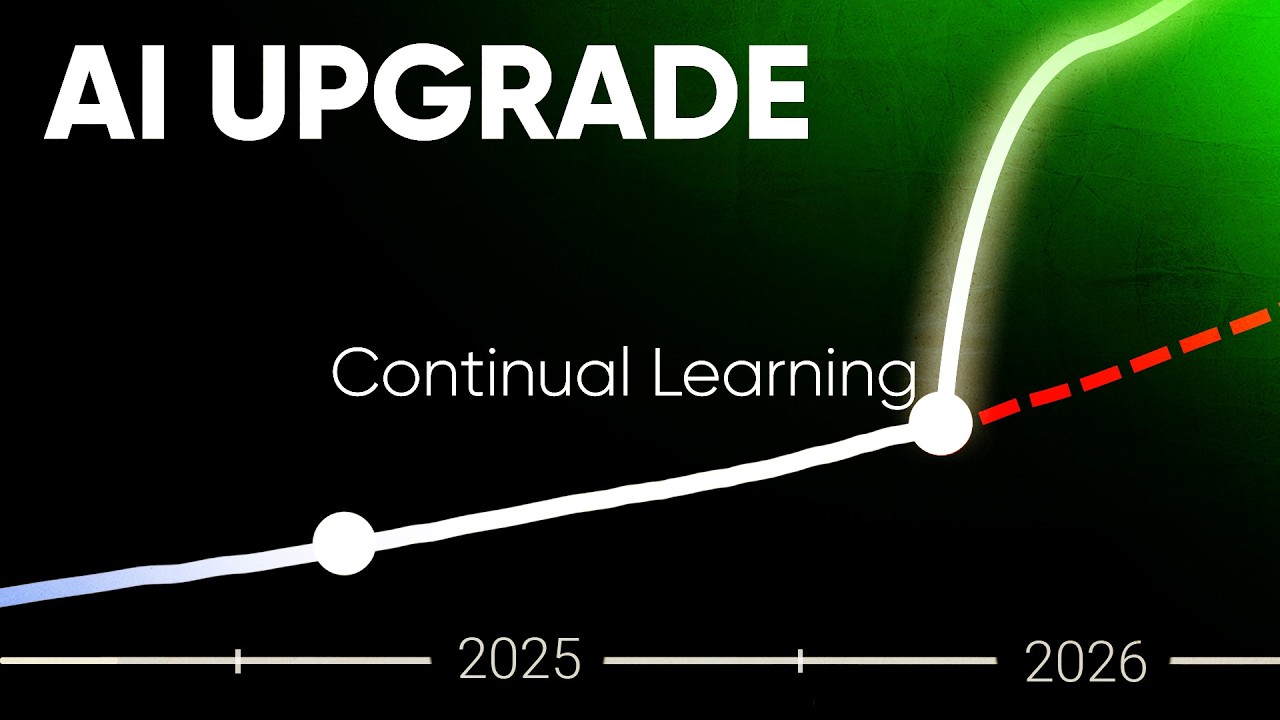The video discusses the limitations of current large language models like GPT-3, particularly their lack of continual learning and long-term memory, and highlights DeepMind’s augmented fine-tuning approach as a promising solution to enable AI systems to learn and improve continuously. It also emphasizes ongoing research in AI memory integration, showcases innovative AI projects, and calls for responsible development to ensure AI advancements benefit humanity.
The video begins by challenging the common perception that AI development progresses in a smooth, linear, or exponential fashion. Instead, it highlights that many breakthroughs remain hidden or underplayed by leading AI labs, which prefer to showcase incremental improvements while keeping transformative advances secret to maintain competitive advantage. A recent paper from Google DeepMind is discussed, which addresses a critical issue in AI learning: the difference between fine-tuning and in-context learning. Fine-tuning, which adjusts the model’s weights based on specific data, often fails to generalize knowledge effectively, leading to illogical mistakes. In contrast, in-context learning, where data is provided within the prompt, allows models to generalize better but is limited by the size of the context window.
The video emphasizes a fundamental bottleneck in current large language models (LLMs) like OpenAI’s GPT-3: the lack of continual learning and long-term memory. Unlike humans, who improve over time by learning from feedback and experience, LLMs do not get better after deployment. This limitation restricts their ability to adapt and grow in real-world tasks, despite their high baseline intelligence. The ability to learn continuously, remember past interactions, and understand broader context is crucial for AI to reach human-level competence and eventually achieve artificial general intelligence (AGI).
To address this, the video introduces DeepMind’s proposed solution called augmented fine-tuning. This method involves first having the AI generate inferences from the data it receives, effectively studying it, and then using these synthetic inferences to fine-tune the model. This approach combines the benefits of in-context learning and fine-tuning, enabling better generalization and potentially serving as a form of long-term memory. Such a breakthrough could allow AI systems to learn and improve continuously, transforming them into ever-evolving assistants that adapt to user needs over time.
The video also touches on the broader research landscape, noting that many public and open-source projects are actively exploring ways to integrate memory and continual learning into AI. Techniques range from agentic memories managed by AI itself to architectural innovations like linear attention. Although these efforts are visible in the open domain, the video suggests that proprietary labs are likely investing heavily in similar research, making this the hottest and most critical area in AI development today.
Finally, the video briefly showcases some exciting AI projects and tools, such as Notebook LM’s new video overview feature, the Lum robotic lamp for household chores, and Idog’s character consistency model. It concludes by highlighting a $5,000 prize challenge announced by Andre Karpathy, aimed at developing projects that help humanity thrive alongside AI advancements. The overarching message is that while AI is on the brink of transformative upgrades, society must stay vigilant and proactive to harness these technologies responsibly and ensure they uplift humanity.
